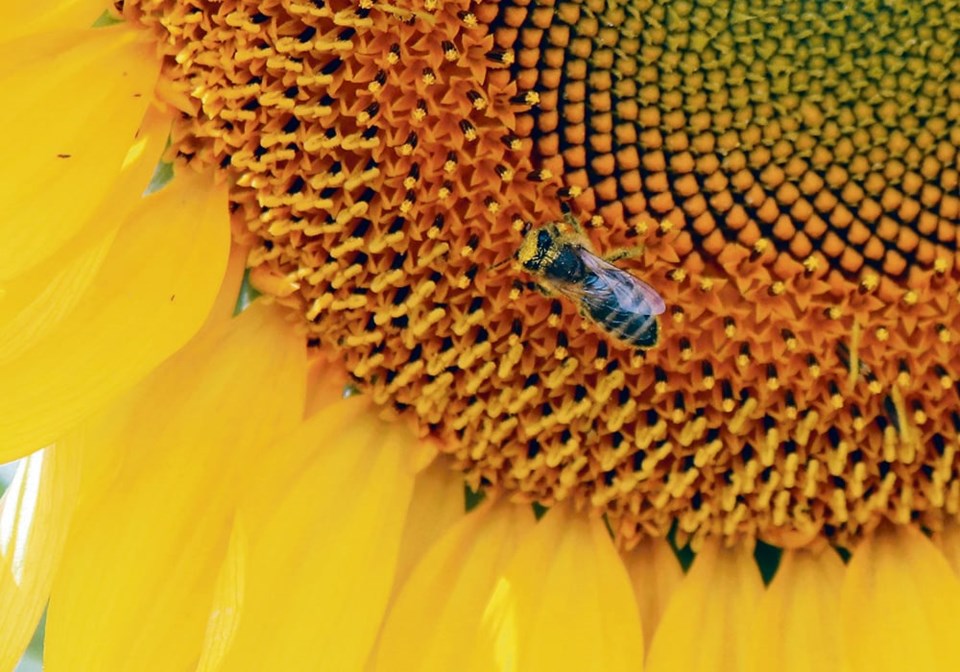WESTERN PRODUCER — Earlier this year and for parts of 2022, honey prices in Canada were close to $3 per pound.
That’s a massive jump from a few years ago, when honey in Western Canada was selling for $1.30 to $1.40 per lb.
Prices are still good, about $2.40 to $2.50 per lb. but no one knows the market price in September because honey packers and brokers are not buying from beekeepers.
“It seems like the market is really quiet right now. There’s talk of prices coming down, a little bit,” said Curtis Miedema, a beekeeper from Barrhead, Alta.
“Everybody is waiting…. The buyers aren’t calling around. And the beekeepers are waiting.”
On the Manitoba-Saskatchewan border, the story is similar. Buyers are not making bids.
“Our experience and others have told me, is that nobody is buying,” said Nathan Wendell, who lives in Inglis, Man., but is the president of the Saskatchewan Beekeepers Development Commission.
“Not a lot of honey is moving right now. That’s my experience.”
Wendell added that honey prices have softened in 2023. Earlier this year they were close to $2.70 per lb.
Nonetheless, prices remain relatively strong and many beekeepers had a successful production season. Temperatures in July were cooler than normal on the eastern Prairies, so canola crops bloomed for weeks, giving honeybees more time to forage.
On Wendell’s farm, his honey crop was above the provincial average for Saskatchewan. The long-term average in the province, using data from Saskatchewan Crop Insurance, is about 190 lb. per hive.
“In our area of the province, others have (also) done quite well,” Wendell said. “I think the northern beekeepers did quite well, in that Prince Albert and Nipawin areas.”
But in western and southern Saskatchewan, along with southern Alberta, most beekeepers struggled with drought. Honey production in those regions could be poor to below average.
Miedema, who keeps hives about 100 kilometres northwest of Edmonton, had a different weather issue this summer.
“We had the opposite problem. We had too much rain up here. At the end of July when we should have been making our honey crop, it just started raining and didn’t stop,” said Miedema, president of the Alberta Beekeepers Commission.
“We had one rain where we got four to six inches.”
His honey crop was below average, which is a disappointment, as the summer started out promising and then the rain arrived.
The softer prices for honey, right now, could be related to consumer demand.
Honey buyers have told beekeepers that they have sufficient supplies in storage, so they don’t need product right now.
“I don’t see how it could be, because we haven’t had a good crop (in Western Canada) in several years,” Miedema said.
The stories of ample supplies could be true, or it could be a tactic to suppress price, Wendell and Miedema both said.
But honey is something that consumers throw into the grocery cart, if they have a bit more cash in their pocket.
It’s not an essential item, like milk or pasta.
“My speculation is with inflation… if you’re cutting back on your grocery store budget, honey is probably one of the first things that’s going to come off that list,” Wendell said.
It’s also possible that buyers have been importing more honey, which would explain the excess supplies.
Agriculture Canada data shows that Canada imported 6,513 tonnes of honey in 2019. Imports were 10,566 tonnes in 2022 — an increase of 62 percent.
Bookmark SASKTODAY.ca, Saskatchewan's home page, at this link.



